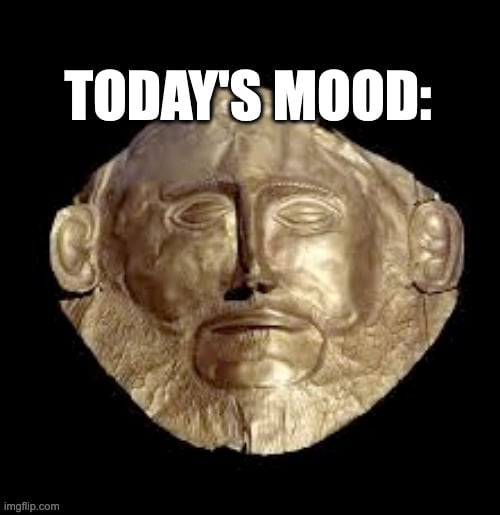

Especially smart TVs. They’re especially chatty, accounting for something like 85% of network calls (all blocked). Edit: I meant 85% of calls on my network. And they bypass upstream DNS trying to be sneaky. It’s insane.


Especially smart TVs. They’re especially chatty, accounting for something like 85% of network calls (all blocked). Edit: I meant 85% of calls on my network. And they bypass upstream DNS trying to be sneaky. It’s insane.


I appreciate the effort behind your comment. Unfortunately, it will likely fall on deaf ears among those who most need to understand our government — no different from the MAGA crowd. I don’t mean this condescending. It’s just unfortunate how poorly our education system prepares Americans, across the political spectrum, for their civic responsibilities.


Agreed. There was a time when it worked impressively well, but it’s become increasingly lazy, forgetful, and confidently wrong, even missing obvious explicit prompts. If you’re using it thoughtfully as an augment, fine. But if you’re relying on it blindly, it’s risky.
That said, in my experience, Anthropic and OpenAI are still miles ahead. Perplexity had me hooked for a while, but its results have nosedived lately. I know they tune their own model while drawing from OpenAI and DeepSeek vs their own true model but still, whatever they’re doing could use some undoing.


Thank you, both! Already deeply engrossed in it.


I’m oblivious. What novel is this?
Without delving deeper into these numbers, the politics, mechanics, or absurd cost of education in the US - $2.2B is an absolutely staggering amount of funding for a single institution. To say that it is privileged is an understatement.


Tired as Orwellian comparisons are, it’s hard to ignore how much this reeks of a Ministry of Truth.


How about if he threw in the Tesla’s with poor quality and no craftsmanship? Y’know to boost all those American manufacturing jobs, and the mechanics, and Elon’s tax subsidized billions.


One could even say that’s an art of a deal, ay?


My takeaway is that if I don’t go broke on groceries this year I sure as hell will go broke buying some phenomenally promising games (or at least supporting the devs anyway).
Here I am, snorting my wife awake at 2 am because of an unexpectedly hilarious cock joke


With everything going on right now, the fact that I still feel physically sick reading things like this tells me I haven’t gone completely numb yet. Just absolutely repulsive.


…Sigh…I hadn’t been in Lemmy in a while. This pops up. I’d never thought to do this. My wife’s going to kill me! But look at it. It’s compact, nothing fancy, neat and makes me happy.


Now do it with yoga pants…


Now I wonder what trolling was like back then.
There’s a burial spot somewhere for old game cartridges too, right?
Is it weird that I still want to go for my PhD despite all the feedback about the process? I don’t think I’ve ever met a PhD or candidate that’s enthusiastically said “do it!”

I was going to joke and say: that’s like, what, warp 0.0001.
In the Star Trek universe, warp factors are a way to measure faster-than-light travel. The speed of light is approximately 299,792 kilometers per second (km/s). To convert your given speed of 32,000 km/hr into a warp factor, we need to use the formula that relates warp factor to the speed of light:
v = c * (w^(10/3))
where:
• v is the speed in multiples of the speed of light (c),
• w is the warp factor.
First, convert 32,000 km/hr into kilometers per second (km/s):
32,000 km/hr = 32,000 / 3,600 km/s ≈ 8.89 km/s
Now, find the warp factor using the speed of light:
w = (v / c)^(1 / (10/3))
w = (8.89 km/s / 299,792 km/s)^(1 / (10/3))
Calculate the fraction inside the parentheses:
8.89 / 299,792 ≈ 0.00002967
Now raise this to the power of 3/10:
0.00002967^(3/10) ≈ 0.000657
So, approximately:
w ≈ 0.000657
Therefore, a speed of 32,000 km/hr corresponds to a very low warp factor, approximately Warp 0.000657 in the Star Trek scale.
Q292640261046a: the IRL planet from Harold Halibut
You’re right. A lot of parents leave it all up to the schools. Education can build the foundation, sure but the real work, the real conversations, should happen at home. Teaching kids how to think, not just filling their heads with facts.
The problem is, you’re lucky if there are even two parents around anymore. And if there are, most come home drained from work, staring down bills they still can’t pay. Conversations that matter just get lost in the exhaustion. Maybe I’m just grumpy in my older age, but it’s hard not to get cynical about it.